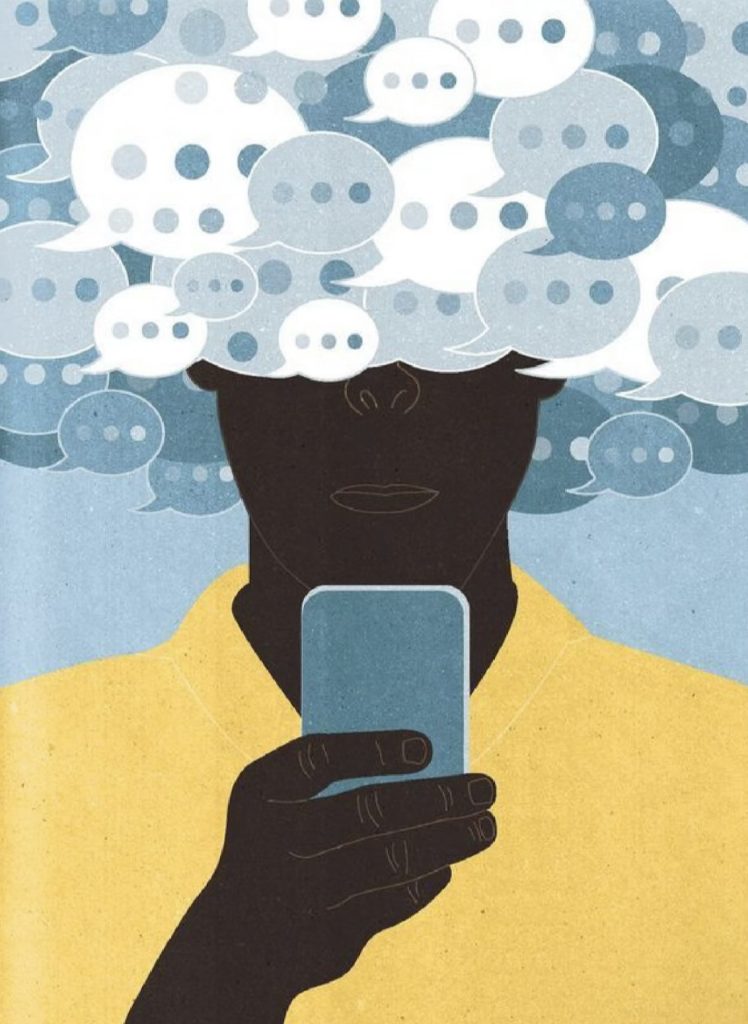Sender, Message, Receiver

“Encoding/Decoding” originates from Hall’s doubts about the communication theories of mass communication research. The concept introduces the conventional communication model employed in such research, which follows a linear sequence from “sender” to “message” to “receiver”. The model suggests that the sender develops the message, decides on its meaning, and then communicates it directly and clearly to the receiver. The only issue is that the recipient might not understand what they are supposed to. According to Hall, communication can be boiled down to a simple process: encoding and decoding. Encoding is when you translate your thoughts into communication, while decoding is the process of translating communication into thoughts. For instance, if you fancy a nice meal, you might send a message to your friend to tell them about it. “Would you like to have hotpot tonight? When your friend receives your message, they will understand what you want and consider joining you.”
Encoding and decoding in emoticons
We all love using emoticons to express our emotions and make our online conversations lively and fun! From social trends to personal moods, emoticons convey a lot more than just emotions. Understanding the encoding and decoding process behind emoticons can help you better interpret the messages they convey. The production and use of emoticons have the meaning of labelling, both as a label for group differentiation and political stance and action, leading to the polysemy of emoticons. As a means of social interaction, the emoji itself is characterised in such a way that it becomes a mask in social performances, applied in different scenarios.

As emoji creators expand their use beyond emotions to include communication between people, most emojis now have additional coding rules or elements.Compared to early emoticons, in recent years, a large number of emoticons have been created in response to social hotspots, and have therefore become a way of recording social hotspots. Hot events and topics are converted into visual symbols in emoticons, and emoticons are no longer only used for personal “expressions”, but also reflect the “expressions” of society.As users of emoticons, they choose emoticons according to different states of mind and situations, and give emoticons “real-time” meanings, which is their recoding process of emoticons.

Sometimes people code according to the common rules of online communication and popular culture, and sometimes they lay down a personal “code” that they may not always expect to be fully deciphered by the recipient.Because what people “encode” is not only “expression”, but often also contains emotions and attitudes. In some cases, the emoticons people send out may not be consistent with their real inner feelings, or even emoticons become a means to cover up or repress their inner emotions.For the sake of smooth communication and the maintenance of their own image, they prefer to expect the other party to receive only the surface meaning of the emoji, rather than the inner emotions. On the receiver’s end, there is also a process of decoding the emoji.The meaning of an emoji can differ depending on the situation it is used in. Factors such as the familiarity of the people communicating, their relationship, and the social groups they are part of, as well as other larger communication “contexts,” all impact the interpretation of emojis. To properly understand and interpret these symbols, it’s important to have knowledge of the cultural significance and narratives associated with them. The existence of contextual contexts and the continuous flow of communication and dialogue complement the uncertainty of the message.
The emoji is a kind of coded system of complex symbols and a kind of walking network culture.
Literature sources
Literary Theory and Criticism by Nasrullah Mambrol on November 7, 2020
https://literariness.org/2020/11/07/analysis-of-stuart-halls-encoding-decoding/
Encoding and decoding in real-life emoticons: a dual interpretation of semiotics and communication by Wang Changxia Yang Liqi Zhang Dankun on Issue 7, 2022
http://qikan.cqvip.com/Qikan/Article/Detail?id=7107934257


Hi Zoe, I really like your post, especially the example of emojis. I totally agree that the encoding of the message is sometimes different from the decoding of the message. The example of emojis reminds me of the different meanings of the same emojis in China and Western countries (or any other countries other than China). Normally, the emoji of a grinning face with sweat is to indicate the particular kind of relief experienced after narrowly avoiding disaster. But in China, the emoji often means speechless about someone or something or embarrassed. It is interesting that the decoding of the same thing can be even different when it is interpreted in different countries.
I love this post of yours, the emojis in it are really so funny, I think emojis can sometimes express people’s feelings better than words can, it will make the emotions more graphic and vivid, so the existence of these emojis is very favourable for people to communicate with each other on social media.